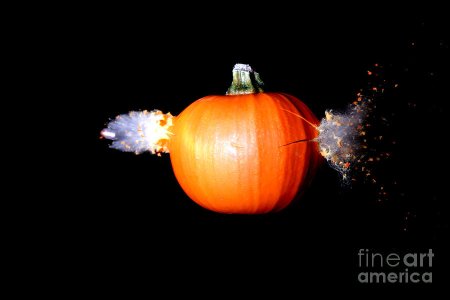I admit to enjoying the more cinematic aspects as a thought experiment over obsessing over the mechanics of the 'RAW". RAW are vital to "Tournament style" combat, but for a group of friends trying to have fun, there is a "reality" that the rules are expected to model to the best of their ability and the "suspension of disbelief" rests on the rules of the game reality more than the mechanics of the literal system.
That said, I like the IMAGE of the old TORPEDO BOAT charging towards a MONITOR or DREADNOUGHT, or the famous DIVE BOMBER with its single giant payload of destruction running the point-defense gauntlet to deliver destruction to a BATTLESHIP or CARRIER. To attempt to create that "mental image" within the "imaginary physics" of the Traveller-verse leads me to imaging a larger FIGHTER/GUNBOAT [say 30 dTons] with an enormous TORPEDO [say 5 a dTon Missile] mounted as a forward firing spinal weapon. A special purpose craft designed to deliver a precision blow to cripple the largest ships.
Perhaps, the GAME MECHANICS will dictate some other size/weapon combination. The TORPEDO simply drew from historic mental imagery as a starting point for a concept. However, it is not [IMTU or IMHO] the narrow mechanics of LBB5 [which differ from other LBBs and later Rules editions] that should be the end-all, be-all, last-word on what is "Traveller Reality" ... and especially "Traveller Possibility".
That said, I like the IMAGE of the old TORPEDO BOAT charging towards a MONITOR or DREADNOUGHT, or the famous DIVE BOMBER with its single giant payload of destruction running the point-defense gauntlet to deliver destruction to a BATTLESHIP or CARRIER. To attempt to create that "mental image" within the "imaginary physics" of the Traveller-verse leads me to imaging a larger FIGHTER/GUNBOAT [say 30 dTons] with an enormous TORPEDO [say 5 a dTon Missile] mounted as a forward firing spinal weapon. A special purpose craft designed to deliver a precision blow to cripple the largest ships.
Perhaps, the GAME MECHANICS will dictate some other size/weapon combination. The TORPEDO simply drew from historic mental imagery as a starting point for a concept. However, it is not [IMTU or IMHO] the narrow mechanics of LBB5 [which differ from other LBBs and later Rules editions] that should be the end-all, be-all, last-word on what is "Traveller Reality" ... and especially "Traveller Possibility".

